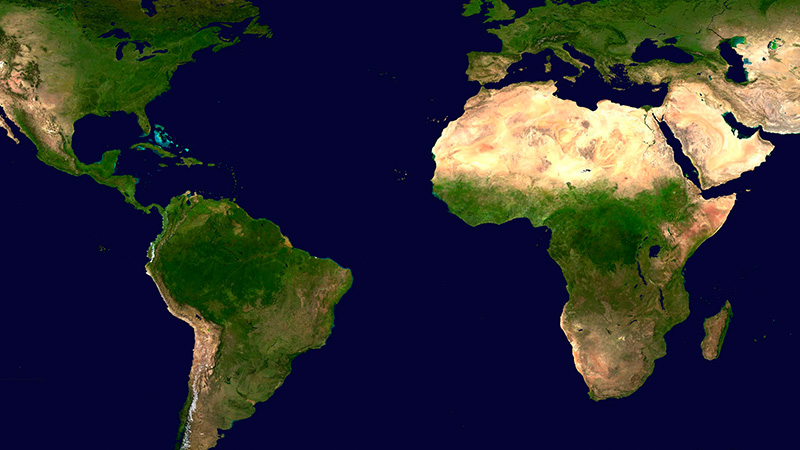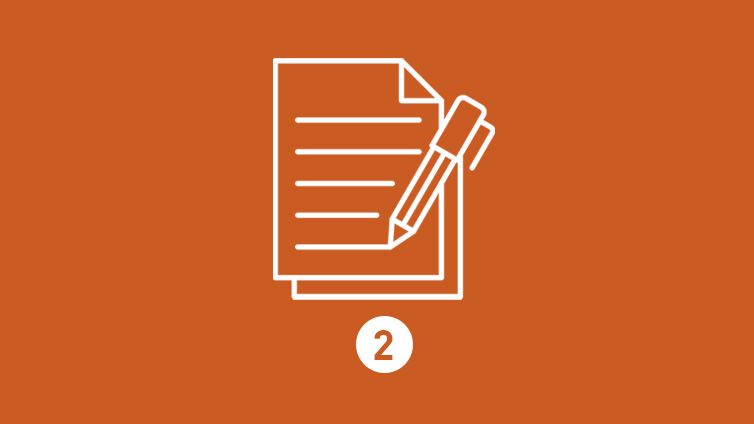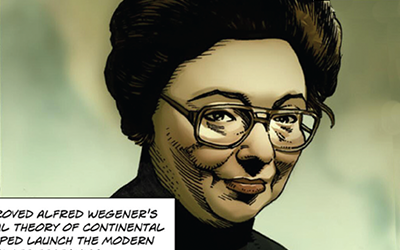Earth
Driving Question: How did the formation and evolution of Earth increase complexity?
Earth, the planet where we make our home, didn’t appear overnight. Earth took billions of years to slowly evolve into its current form—4.567 billion years to be exact.
Learning Objectives:
- Describe the formation of the Earth.
- Explain how Earth changed over time, including evaluating the evidence for plate tectonics.
- Analyze the physical processes that shaped Earth’s surface.
Vocab Terms:
- collective learning
- continental drift
- Earth
- geology
- gravity
- planet
- plate tectonics
Opener: Earth
To teach this lesson step, refer to page 2 of the Lesson 2.6 Teaching Guide.
Check out how other teachers have approached plate tectonics by checking out this conversation in the OER Project Teacher Community.
We have finally touched down on Earth, and there’s already a ton going on beneath our feet. Let’s explore what’s rumbling down there!
The Early Earth
To teach this lesson step, refer to page 3 of the Lesson 2.6 Teaching Guide.
Check out our Video Guide for suggestions on incorporating videos in the classroom.
The early days of the Earth were a time of fire and liquid metals. Imagine you’re in a super-safe spacesuit, traveling across a very different planet than the one you’ve known.
-
Guiding Questions
-
Before you watch
Preview the questions below, and then review the transcript.
While you watch
Look for answers to these questions:
- What challenges would humans have faced if they lived on the early Earth?
- What are the four layers of the Earth?
- What is Pangaea?
- What are the two different types of crust?
- What is the theory of plate tectonics?
After you watch
Respond to this question: How is the Earth still forming and changing today?
Key Ideas
The Theory of Plate Tectonics
To teach this lesson step, refer to page 4 of the Lesson 2.6 Teaching Guide.
For decades people believed that something as huge as a continent could not move. But the discovery of plate tectonics proved them wrong.
Earth's Tectonic Plates
Continents in Motion
To teach this lesson step, refer to page 5 of the Lesson 2.6 Teaching Guide.
Check out the BHP Reading Guide for some approaches to teaching reading.
Now you know a little about plate tectonics! But it’s just important to know how we as humans made these discoveries. Your claim-testing skills are about to come in handy.
-
Guiding Questions
-
Before you read
Preview the questions below, and then skim the article. Be sure to look at the section headings and any images.
While you read
Look for answers to these questions:
- What evidence did Alfred Wegener use to explain his theory of continental drift?
- Why didn’t the scientific community accept Wegener’s theory?
- How did Harry Hess and Marie Tharp expand on Wegener’s theory?
- What is the scientific theory of plate tectonics?
- How do Earth’s plates move and what happens when plates collide?
After you read
Respond to this question: How do you think the movements of the plates might change life on Earth in the future?
Closer: Earth
To teach this lesson step, refer to page 7 of the Lesson 2.6 Teaching Guide.
Want to know how other teachers are using the Unit Notebook. Check out this thread for some great ideas on bringing this routine into the classroom.
From the Big Bang to the formation of Earth, you’ve covered a lot of time and space. Now that you’re back on solid ground, how has your thinking changed?
A “Girl Talk” Geological Revolution
To teach this lesson step, refer to page 8 of the Lesson 2.6 Teaching Guide.
Marie Tharp spent much of her career in the shadows of male scientists. Yet her work helped prove the theory of continental drift and our understanding of plate tectonics.
-
Guiding Questions
-
Before you read
Preview the questions below, and then skim the comic, paying attention to things like prominent colors, shapes, and types of text and fonts. How do you know where to start and in which direction to read? What’s in the gutters (the space between panels)? Who or what is the focus of the comic?
While you read
Look for answers to these questions:
- What were some challenges that Marie Tharp faced in her work as a geophysicist?
- How did Tharp’s mapping of a Mid-Atlantic Ridge and rift valley help prove the theory of continental drift?
- Why was Tharp’s discovery important to collective learning?
- Look at the way the panels of the biography progress, moving clockwise from the top-left panel. How does the artist use design to depict Marie Tharp’s career as a geophysicist?
After you read
Respond to this question: What does Marie Tharp’s story tell you about how theories become generally accepted?
Unit 2 Assessment
You’ve learned a lot about how Earth has changed over billions of years. Now, it’s time to show how much you’ve learned.





























